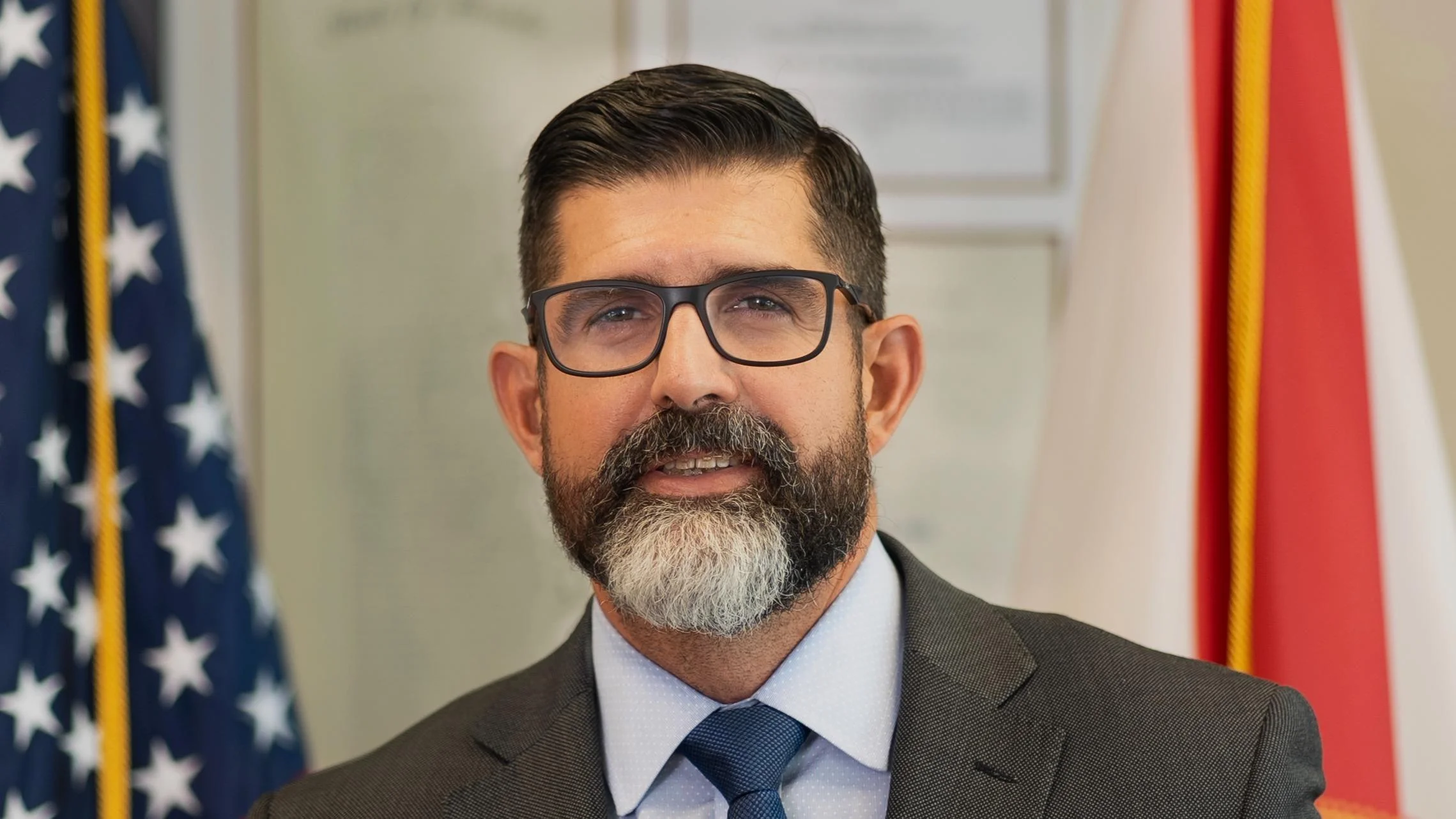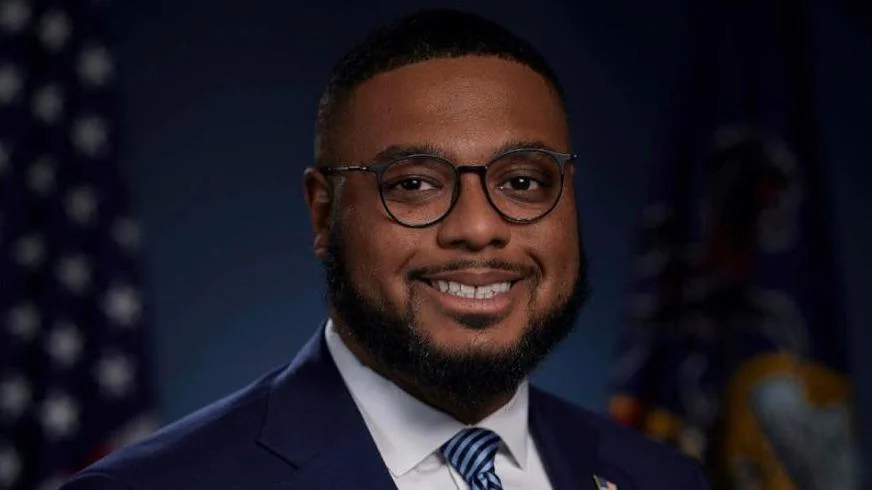
Rebecca Koenig Interim Senior Editorial Director | EdSurge Research
Lower birth rates in the United States are contributing to declining enrollment numbers in K-12 schools, raising concerns among education experts and officials about the future of public education. The phenomenon, known as the "enrollment cliff," has already been a topic of concern for higher education institutions but is now becoming more prominent within primary and secondary schools.
A combination of factors is driving this trend, including a persistent decline in birth rates since the 2008 recession, reductions in federal funding, an increase in homeschooling, and uncertainty around immigration policy. Experts warn that these elements could lead to school closures across various regions.
“You don’t have to go very far to see many schools are struggling with reduced enrollments,” said Thomas Dee, an educational economist and professor at Stanford Graduate School of Education. “And many communities are starting painful discussions of closing schools.”
The drop in birth rates accelerated after 2008 and saw only a brief uptick following the COVID-19 pandemic. According to some analysts, this has led to a "birth dearth" where births no longer keep pace with deaths. Nathan Grawe, professor of economics at Carleton College, noted that while U.S. birth rates have fallen closer to those seen in other developed countries like Europe and Japan, it still poses challenges for schools.
“We were well above the replacement rate; Europe and Japan were already at the place we’re at now,” Grawe said. “With a rebound, it’s getting back to ‘normal,’ but I’m not sure if what we’re experiencing is the new normal.” He added: “One of the things we have to remember is schools have large, fixed costs: They have buildings that have to be maintained, and when the number of students fall, those costs don’t go away. In my state, we see a fair number of schools grappling with budget cuts as they foresee changes in the next five years.”
Enrollment declines also reflect shifts during the COVID-19 pandemic when many families chose private schooling or homeschooling options or moved out of state. Dee observed: “That 2020-2021 school year, parents — especially of young children — drove away from schools. In subsequent research I expected those families to return and thought there might be a crowding into kindergarten or first grade. But they by and large did not return, and to this day have not returned.”
Projections from the National Center for Education Statistics suggest that K-12 enrollment will decrease by another 2.7 million students by the 2031-2032 school year. States such as California, New York, and New Mexico may lose more than ten percent of their student populations.
Alongside falling enrollment numbers is an increase in chronic absenteeism—students enrolled but not attending class—and anxiety over recent immigration enforcement actions leading some students to avoid school or seek alternative educational paths. Since many districts’ budgets depend on per-pupil funding formulas tied directly to student attendance figures, these trends threaten financial stability for public schools.
Federal relief funds distributed during the pandemic under programs like ESSER (Elementary and Secondary School Emergency Relief Fund) are also expiring. This loss compounds existing budget pressures on districts nationwide.
“Overall, states and cities are also cutting education budgets, and with the federal Department of Education being dismantled, it will put greater strain on cities and have them check their budgets,” said Sweta Shah from the Brookings Institution.
These funding shortfalls could lead not only to staff layoffs but potentially larger class sizes before culminating in outright school closures.
The Denver Public School System plans to close seven campuses by year-end while restructuring three others—a response linked directly by local researchers at Common Sense Institute to demographic shifts.
“Seeing schools in Colorado shut down was pretty alarming to me,” said Caitlin McKennie from Common Sense Institute. “There are going to be very significant repercussions from all this happening; this is something that is going to be a big issue and I don’t see it going away.” She emphasized: “K-12 is one of the most important parts of our economy.”
Schools play multiple roles beyond instruction: employing local residents; serving as talent pipelines for area employers; influencing family decisions about where to live; fostering community connections; and supporting children’s overall well-being.
“Good public schools are investments in economic prosperity of the current moment and the future,” Dee stated. “I worry for communities that have to close schools. It can create a kind of cycle that reinforces that economic decline.”
Shah added: “I think a loss of a school in a community can actually weaken connections within that community... [Schools are] a wonderful place where community members can connect... if a school was central and closed down, that can affect things.”
Policy solutions remain under debate at both federal and local levels—including proposals such as direct financial incentives for new parents—but none has yet passed into law.
”Closing schools is really going to make huge impacts on our economy and we have to start planning for how to cope with this trend,” McKennie said. “Especially making sure K-12 and higher ed continue to thrive because those are two of the biggest important factors in our economy.”
Dee suggested expanding publicly funded pre-K programs as one way districts might stabilize enrollment while enhancing early learning opportunities: “I do want to stress there is one potentially responsive policy that's a bank shot in supporting academic and financial viability of school districts... expanding publicly funded pre-K... It’s a way to create some potential stickiness in enrollment for school districts as well as support learning opportunities among age groups most affected.”
Grawe pointed out that forward planning could help mitigate negative effects: “The K-12 system is left in a situation where they really are a bit exposed... But the notion that schools can't manage ... seems overstated.... It’s always going be better if you're working ahead versus after-the-fact.”





 Alerts Sign-up
Alerts Sign-up